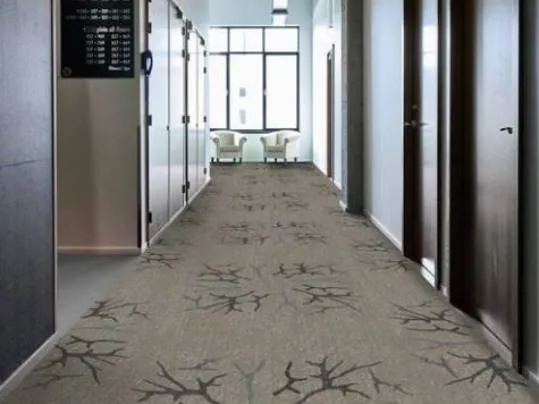What happens when you ask Swedish design students to come up with new floor patterns for either Flotex or Marmoleum in only three weeks? It seems like an almost impossible assignment, yet - spoiler alert - the results were astonishing. A conversation with the lead players of this special project.

FORBO & BECKMANS COLLEGE OF DESIGN
In February 2021, thirteen first-year Product Design students of the Beckmans College of Design in Stockholm were asked to create new patterns for either Flotex or Marmoleum.
The project was initiated by Josefin Larsson, Forbo Flooring Systems' Marketing Manager for the Scandinavian market, and Peter Nylander, senior lecturer at the Product Design Department of the Beckmans College of Design in Stockholm. Marijke Griffioen, Senior Designer at Forbo Flooring Systems, and Dorothé Kessels, Director Global Design, guided the project virtually from The Netherlands. We spoke to Nylander (PN), Kessels (DK) and Griffioen (MG) about the goals of this project and the surprising results.
Peter, can you tell us a little bit about Beckmans?
PN: ‘Beckmans is a small design college with approximately 120 students, that is well known in Sweden. We educate designers in three departments: Product design, Fashion and Visual communication - and have done so since 1939. The school has a good reputation, so it is quite difficult to get in. Most of the students already have one or a few years of experience when they start their education. In this particular project, thirteen first-year Product Design students participated.'
Why did you contact Forbo?
PN: ‘It was a joint idea from me and the program director of Beckmans, Margot Barolo. Each year we hold a course in which first-year students learn about patterns and colour theory and how they can change how you perceive an interior. A few years ago, we collaborated with a French carpet company and noticed that for the students, it is interesting to think about an entire environment you can cover with patterns: designing a floor is perfect for that. That is how we got to Forbo. We liked that it is an international company with a lot of knowledge and we love the material: in Sweden, natural linoleum is quite popular. Personally, I also appreciate the sustainable characteristics of Marmoleum (Forbo’s linoleum brand), especially in a time where there are so many plastics in the world.’
Marijke and Dorothé, why did you say yes to this project?
MG: ‘We have worked with schools before; for us it is always interesting to meet a new generation of designers. Beckmans operates on a high level, so we immediately said yes.’
DK: These sorts of projects are a win-win situation: the students learn from our knowledge and we might generate new designs for our portfolio.'

We will get to the interesting results later on, but first: what was the assignment?
MG: ‘We started with an elaborate presentation about the various techniques to create Marmoleum patterns, how it was done in the past, and what techniques we use today. In the past, Forbo for example used laborious block print and stencil techniques. Today, we use Aquajet: a technique with waterjet-cut pieces of linoleum that afterwards form an inlaid pattern. But we also still use the ‘old’ hand-cutting technique, for which skilled craftsmen carve out pieces of material that are then put together like a puzzle. Another material we introduced to the students was Flotex: a flocked vinyl product that can be digitally printed.'
DK: ‘We gave the students three weeks – so a very short period - to design two realistic patterns that function like a family, meaning that they can be used individually but also be combined in a way that adds value. That is also how we design ourselves: our collections are designed for synergy because they are inspired by our in-house trend research and colours are selected from our yearly updated global colour card.'
MG: ‘The idea of 'family and diversity' is an important leitmotiv for Forbo Flooring Design: our designs can be easily mixed and matched to cover an entire building. This approach is related to our philosophy of the Dynamics of a Building (DOAB), a concept developed by Forbo Flooring Systems, that we also introduced to the Beckmans students.’
Can you explain this Dynamics of a Building philosophy?
DK: ‘Each year, our design team researches colour and material trends, but we also dive into, for Forbo relevant, new developments in the built world. For this, we analyse how people move and function within a building.’
MG: ‘In 2015 we discovered that buildings are not as unambiguous as they used to be. For example: a hospital now also have restaurants, shops and hospitality spaces, and schools have areas to study and to relax. After research, we coined five main interactions taking place in a building: receiving, moving, connecting, concentrating, and recharging. These different scenarios are more and more combined and interwoven within the spatial design for a building. Buildings are becoming multifaceted and their interior design flexible, and with our flooring designs we want to support this change. We find that very interesting and use this philosophy when designing floors.’
Was this a totally new concept for the students?
DK: ‘In the way we describe it, it was. However, they did understand our DOAB right away and correctly applied it within their projects.’
MG: ‘For us this collaboration was also a good test to check if our idea of DOAB not only resonates internally within Forbo Flooring Systems, but can also be communicated in a simple and accessible way externally. The fact that the students understood us right away, proofs to us that our philosophy is relevant and applicable.’
Let’s get to the fun part: the ideas of the students. There were thirteen students, from which you choose three winners and two honourable mentions. Can you point out some of the ideas?
PN: ‘Winner Carl Folkesson designed a patchwork of linoleum pieces, like a collage of leftovers. This idea of upcycling is very relevant today because of sustainability, at the same time his design is very aesthetically pleasing.'
MG: ‘We also appreciated that Carl translated, upon our request, his hand-cut Marmoleum design into a matching Flotex print.'
DK: ‘The second winner is Cecilia Mosesson. Her sources of inspiration were Ikebana, the Japanese flower arrangements, and floral murals. Her compositions were amazing and the colours very refined; Cecilia’s designs are almost graphical art pieces. She used Aquajet as a special cutting technique, that is often used for eyecatchers and landmarks within a space.’
PN: ‘Cecilia is now translating this idea into a repetitive pattern for the process of digital printing on Flotex.'
MG: ‘Olivia Stahl, the third winner, came up with contemporary, retro-like patterns: she wanted to use Aquajet but we suggested also to use Flotex.’
DK: ‘Annelie Wihlborg’s design, the honourable mention, was inspired by pedestrian crossings, which she transformed into a pattern. She emphasized on the functionality of a floor design, using pedestrian crossing as a pattern to lead the way, in line with our idea of 'moving' within the philosophy of DOAB. It is very practical and very much Forbo.
Max Lundén Jansson’s design, another honourable mention, used natural phenomenon’s like branches and mountains as a source of inspiration: he designed patterns that work well independently or together, in line with our 'family' idea.’
.webp)

Will the designs actually be produced?
PN: 'Now, after the assignment has ended, Marijke and Dorothé are helping the five students that made the most suitable patterns for Forbo, to develop their ideas. It’s very important for the students to be able to take part in this kind of product development. This will help them understand the industry and the profession they are on their way to embark upon. Samples that can be used for communication purposes are being made and of course we hope that someone will actually place an order for one of the students' designs, so it will be taken into production.’
MG: ‘We will also give the five winners samples of their ideas. They worked so hard and were so motivated, they deserve this tangible result. Besides that, we ask them to photograph the samples in a spatially suitable context and post them on social media, to spread our ideas digitally. The designs of the students are such inspiring examples of what you can do with our materials and techniques!'
DK: ‘These designs also proof that our ideas about DOAB are accurate: they confirm our vision of the future of buildings. Like Peter said: we hope someone will order one of the students’ ideas, so it can actually be produced and will demonstrate how beautiful it will look in a real-life setting.’
Will the pattern project become a pattern, or in other words: will there be a next edition of this assignment?
PN: ‘We would love to collaborate again! The project was inspiring and very pleasant, because of the great results and the very good contact with Forbo Flooring Systems.’
MG: ‘We couldn’t agree more. The whole process was a pleasure, thanks to the students and the fantastic collaboration with Peter.’
DK: ‘The results were the icing on the cake: we never even dreamed of such high-level designs. They exceeded all of our expectations.’
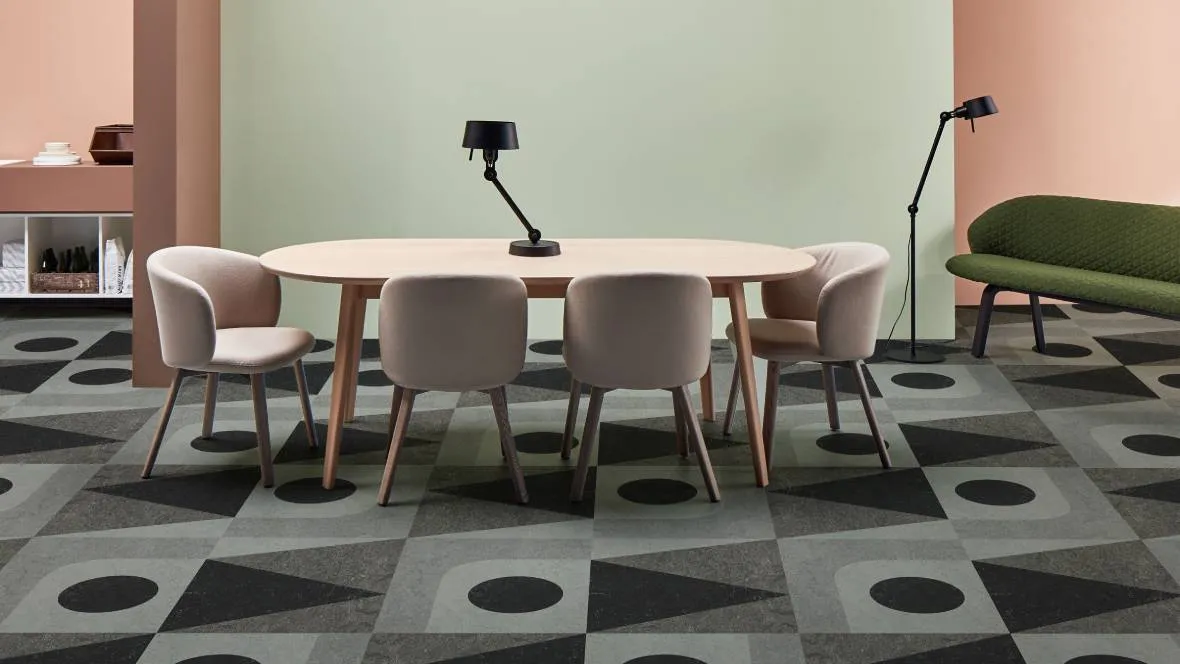
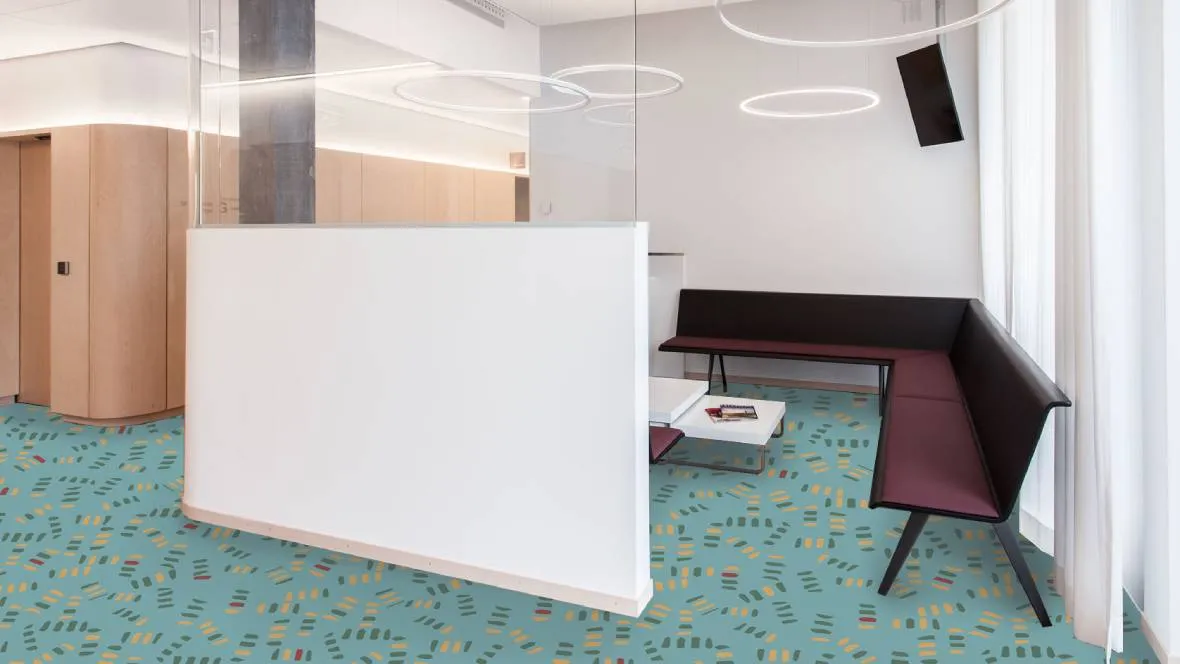
.webp)
.webp)
%20(1).webp)
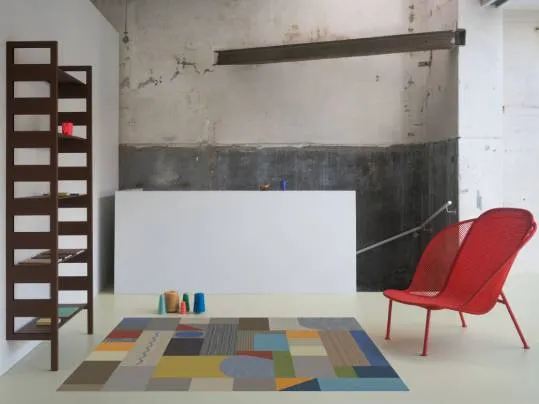
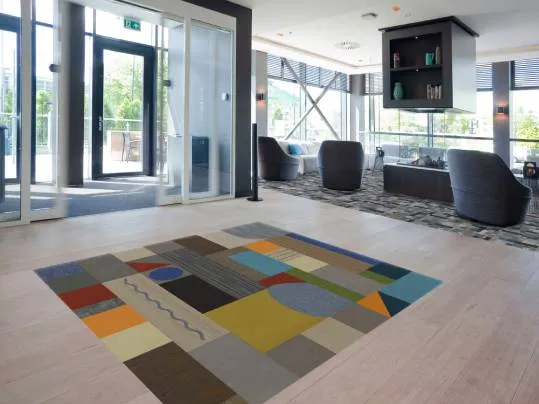
.webp)
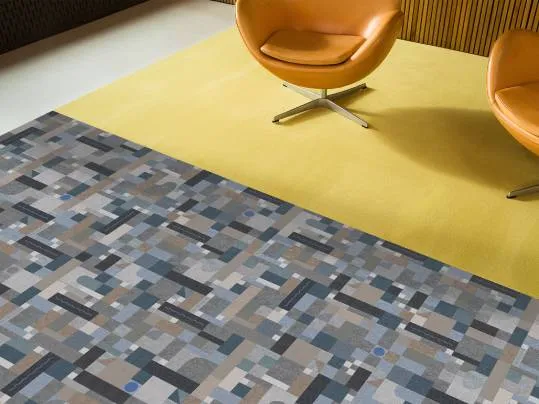
.webp)
.webp)
.webp)
.webp)
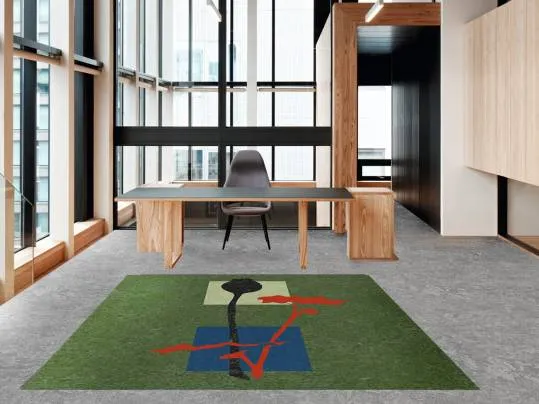

.webp)
.webp)

.webp)


.webp)
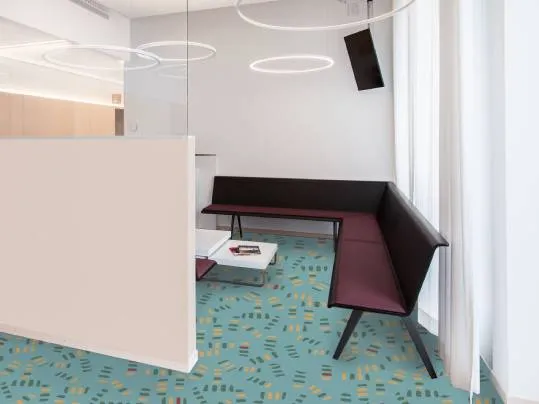
.webp)
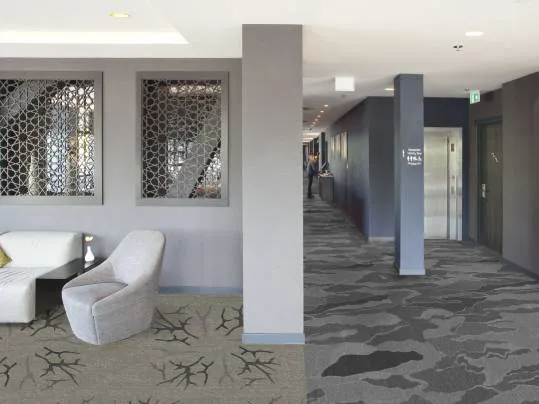
.webp)

